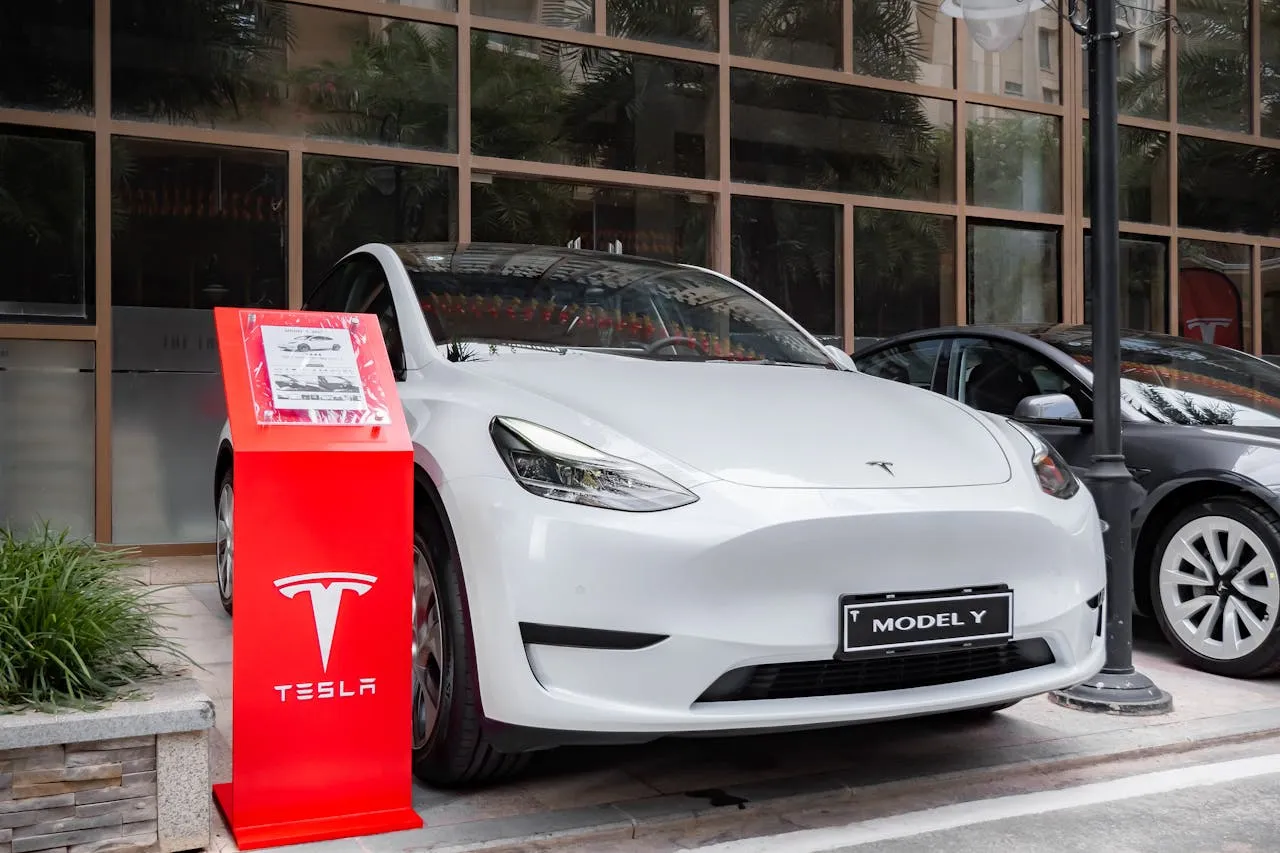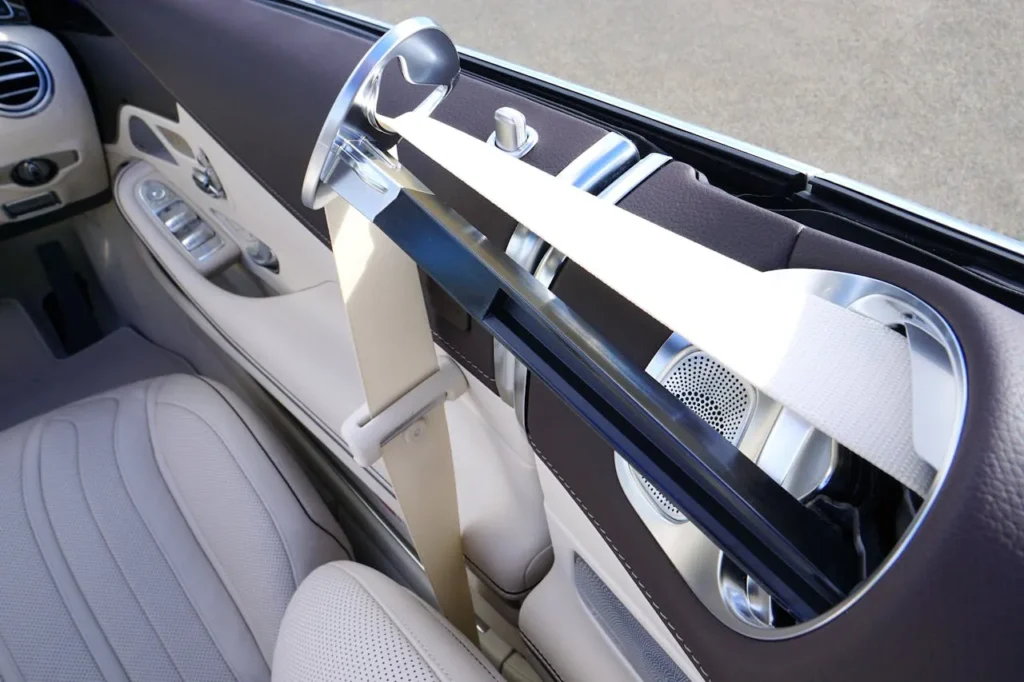
Tesla Leads, but Chinese Automakers Gain Ground in Wards Intelligence’s SDV Ranking
The latest Software-Defined Vehicle (SDV) ranking from Wards Intelligence—now part of Omdia—reveals a dynamic and rapidly evolving automotive landscape. While Tesla remains the overall leader, its dominance is being challenged by rising Chinese automakers like NIO and Xiaomi, which have claimed second and third place, respectively. This shift underscores China’s growing influence in the SDV space, where innovation and execution are outpacing Western incumbents. The report also highlights the complexities of transitioning to SDVs, particularly for legacy automakers, while showcasing the rapid advancements made by digitally native disruptors.
Leaders: Disruptors Pushing Boundaries
Tesla continues to hold the top spot in the SDV ranking, thanks to its pioneering role in electric vehicles (EVs) and software-first strategies. However, it has been overtaken in technological innovation by NIO and Xiaomi, which now rank second and third, respectively. Xpeng and Rivian round out the Leaders category, occupying fourth and fifth positions. These companies share a common trait: they are battery-electric vehicle (BEV) disruptors that prioritize software over hardware and operate without the constraints of legacy systems or entrenched organizational cultures.
According to Maite Bezerra, Principal Analyst at Wards Intelligence, “This category includes automakers pushing the boundaries of SDV innovation, as well as those refining and scaling zonal architectures and other SDV-related technologies.” Zonal architectures, which consolidate electronic control units (ECUs) into centralized computing hubs, are critical for enabling advanced software capabilities such as over-the-air updates, autonomous driving features, and seamless user experiences.
The Leaders category reflects a clear trend: digitally native companies are setting the pace for SDV development. Their agility and focus on cutting-edge technology give them a significant edge over traditional automakers still grappling with legacy platforms and outdated processes.
Strong Contenders: A New Wave of Competitors
In the Strong Contenders category, Zeekr, Lucid, Leapmotor, and BMW stand out as key players actively commercializing SDVs. Notably, 67% of automakers in this group are now deploying fully-fledged SDVs, marking a substantial shift from 2023 when most were limited to semi-SDVs. This acceleration highlights the growing maturity of the SDV market and the intensifying competition within it.
BYD, another prominent name in this category, exemplifies how Chinese automakers are leveraging their expertise in EV manufacturing and software integration to challenge established leaders. “Automakers in this category, such as BYD, are particularly well-positioned to close the gap with current market leaders,” said Bezerra. Their ability to scale production while incorporating advanced SDV features makes them formidable contenders.
The Strong Contenders category also includes luxury brands like Lucid, which combines high-performance EVs with sophisticated software ecosystems. Meanwhile, Leapmotor—a lesser-known player outside China—is gaining recognition for its cost-effective yet technologically advanced offerings. These companies demonstrate that success in the SDV era requires not only innovation but also scalability and affordability.

Contenders and Followers: Legacy Automakers Playing Catch-Up
The Contenders category comprises legacy automakers like Hyundai, the Volkswagen Group, and General Motors. While these companies have made strides in deploying semi-SDVs and outlining detailed SDV strategies, they still lag behind their more agile competitors. Many face challenges related to legacy platforms, complex supply chains, and organizational inertia.
“Legacy automakers in this category need to make substantial progress in bringing SDVs to production,” noted Bezerra. Despite their efforts, the transition to SDVs remains fraught with obstacles, including the need to overhaul existing architectures and adopt new business models centered around software services.
Meanwhile, the Followers category—once dominated by OEMs without clear SDV roadmaps—has seen some movement. Several automakers in this group have begun setting specific goals and timelines in response to the market’s rapid evolution. However, their late start puts them at a disadvantage compared to early movers like Tesla and Chinese disruptors.
Challenges in Measuring SDV Progress
One of the persistent challenges in evaluating SDV progress is the lack of consistent definitions and benchmarks. To address this, Wards Intelligence conducts annual primary and secondary research, employing advanced statistical tools to identify the most accurate indicators of SDV advancement. For this edition, 27 automakers were assessed across five metrics:
- Financial Strength: Ability to invest in R&D and sustain long-term innovation.
- Portfolio Complexity: Breadth and depth of product offerings.
- Vehicle Platform Readiness: Maturity of SDV-compatible platforms.
- Organizational Readiness: Adaptability and alignment with SDV requirements.
- SDV Performance: Actual implementation and customer experience.
These metrics provide a comprehensive view of each automaker’s position in the SDV race, offering insights into both strengths and areas for improvement.
China’s Rising Dominance in the SDV Segment
A striking finding from the report is the increasing dominance of Chinese automakers in the SDV segment. Notably, 62% of the automakers in the Leaders and Strong Contenders categories are either Chinese or Chinese-owned. Only three of the 14 automakers in these categories are Western incumbents, signaling a profound shift in global automotive leadership.
“Both trends point to a continued shift toward Chinese leadership and ongoing challenges for Western automakers in 2025,” said Bezerra. China’s rise can be attributed to several factors, including government support, robust domestic demand, and a highly competitive ecosystem that fosters rapid innovation. Additionally, Chinese automakers benefit from close collaboration with local tech giants, enabling them to integrate cutting-edge technologies into their vehicles.
For Western automakers, the path forward will require bold investments in software development, strategic partnerships, and cultural transformation. Failure to adapt risks further erosion of their market share in an increasingly software-driven industry.
Looking Ahead: The Road to 2025
As the automotive industry hurtles toward 2025, the battle for SDV supremacy is heating up. Tesla’s continued leadership demonstrates the importance of staying ahead of the curve, but the rapid ascent of Chinese automakers shows that no one is immune to disruption. The Leaders and Strong Contenders categories highlight the transformative potential of digitally native companies, while the struggles of legacy automakers underscore the challenges of reinventing oneself in a fast-changing world.
For consumers, this competition promises exciting developments in vehicle technology, from enhanced connectivity and autonomy to personalized user experiences. For automakers, it represents both an opportunity and a challenge: to embrace the SDV paradigm or risk being left behind.
In conclusion, Wards Intelligence’s SDV ranking paints a vivid picture of an industry in flux. While Tesla retains its crown for now, the momentum is unmistakably shifting eastward. As Chinese automakers continue to close the gap—and in some cases, leapfrog their rivals—the future of mobility looks set to be defined by innovation, agility, and relentless ambition.




